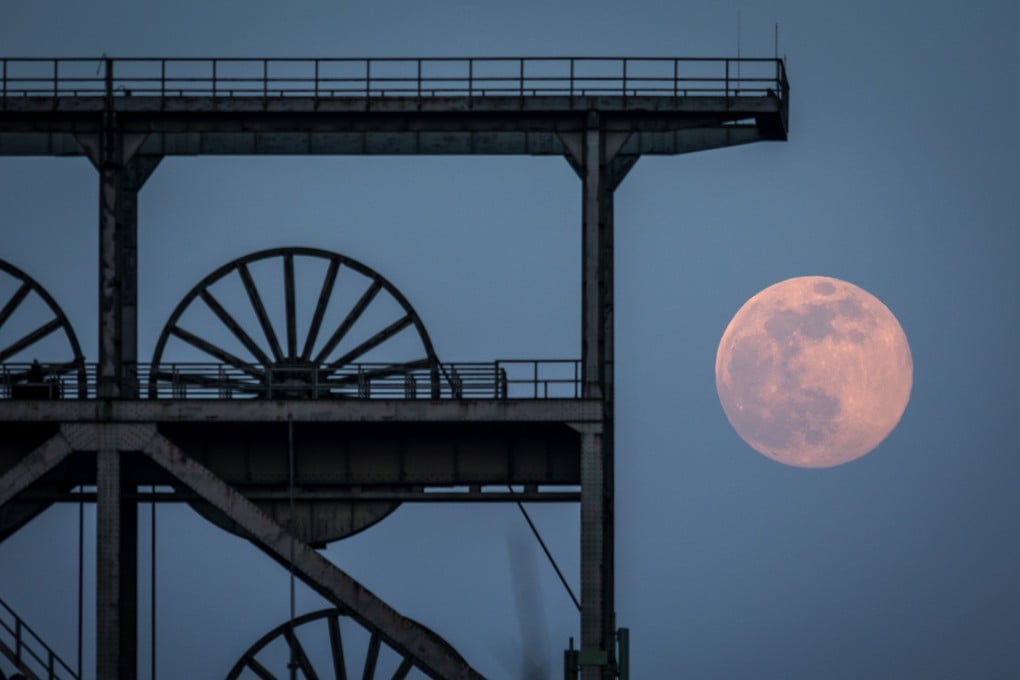Editorial | Shot at latest moon rocks helps Hong Kong lift off
- Hong Kong Polytechnic University hopes to compare lunar soil collected by China’s Chang’e-6 mission from far side with nearside samples of Chang’e-5

The moon has long served as timekeeper, calendar and powerful symbol for people around the world. In Chinese culture, Earth’s only natural satellite reflects peace, prosperity, family ties – and now cutting-edge science.
So, it is exciting to see Hong Kong researchers take on an important role in supporting national space exploration efforts.
Polytechnic University has requested access to some of the lunar soil collected last month during the Chang’e-6 mission – the first samples from the far side of the moon ever brought back to Earth. The university also confirmed last week that it has secured a loan of lunar soil samples collected by the Chang’e-5 mission in 2020.
The China National Space Administration’s Lunar Exploration and Space Engineering Centre is providing two samples of regolith or lunar soil to facilitate efforts to search for water on the moon. Some of the material was collected using sampling and packaging equipment developed and manufactured at PolyU.

Chang’e-5 was the only lander to bring back regolith in the past 40 years, from a lunar region many millions of years younger than the previously explored site.

